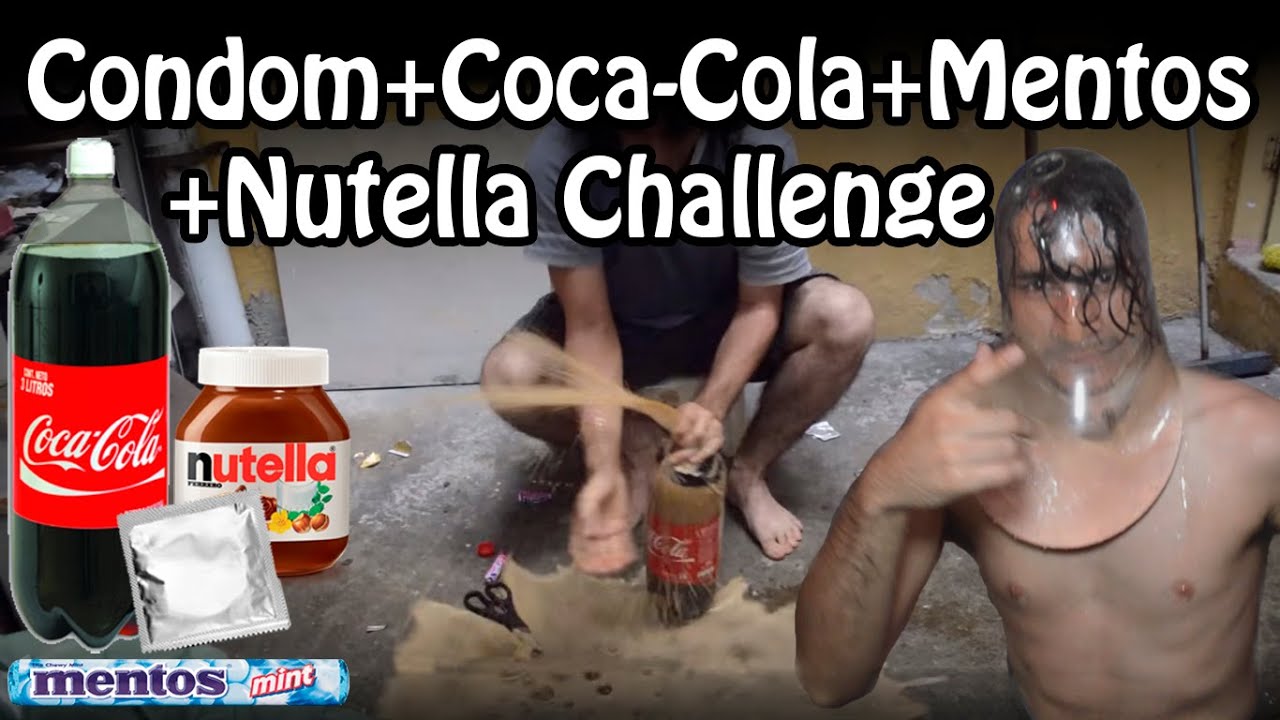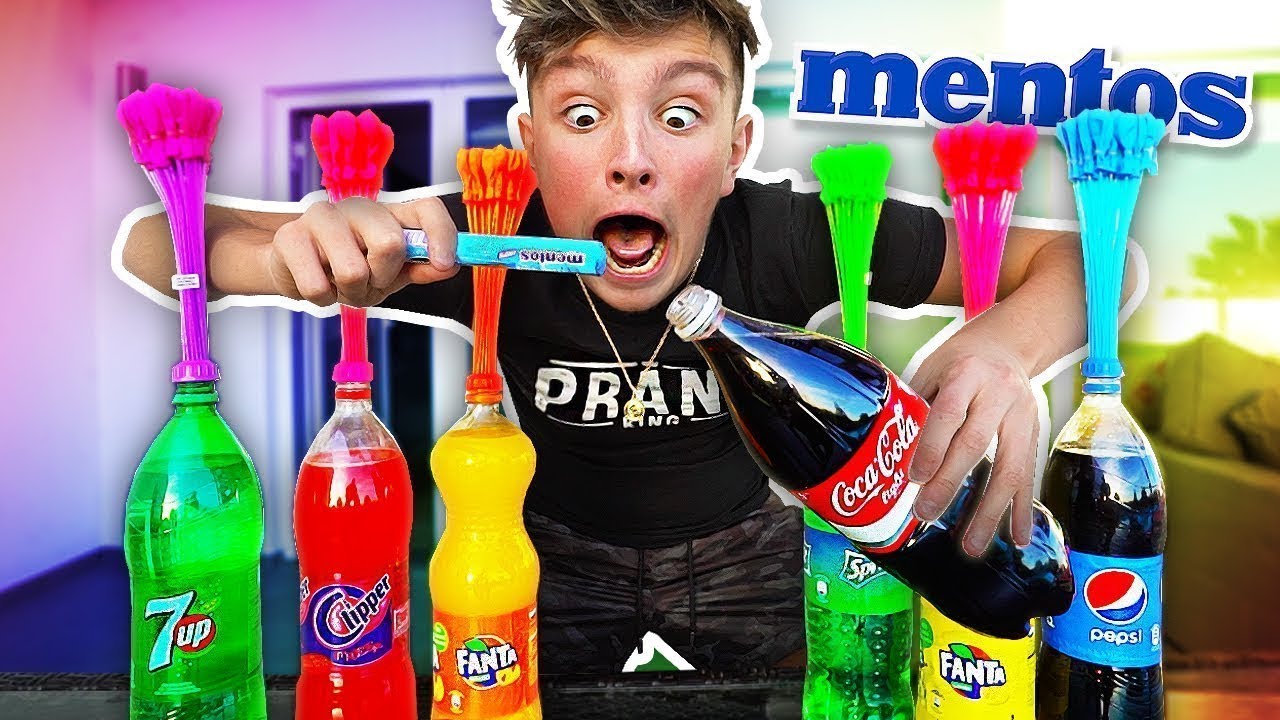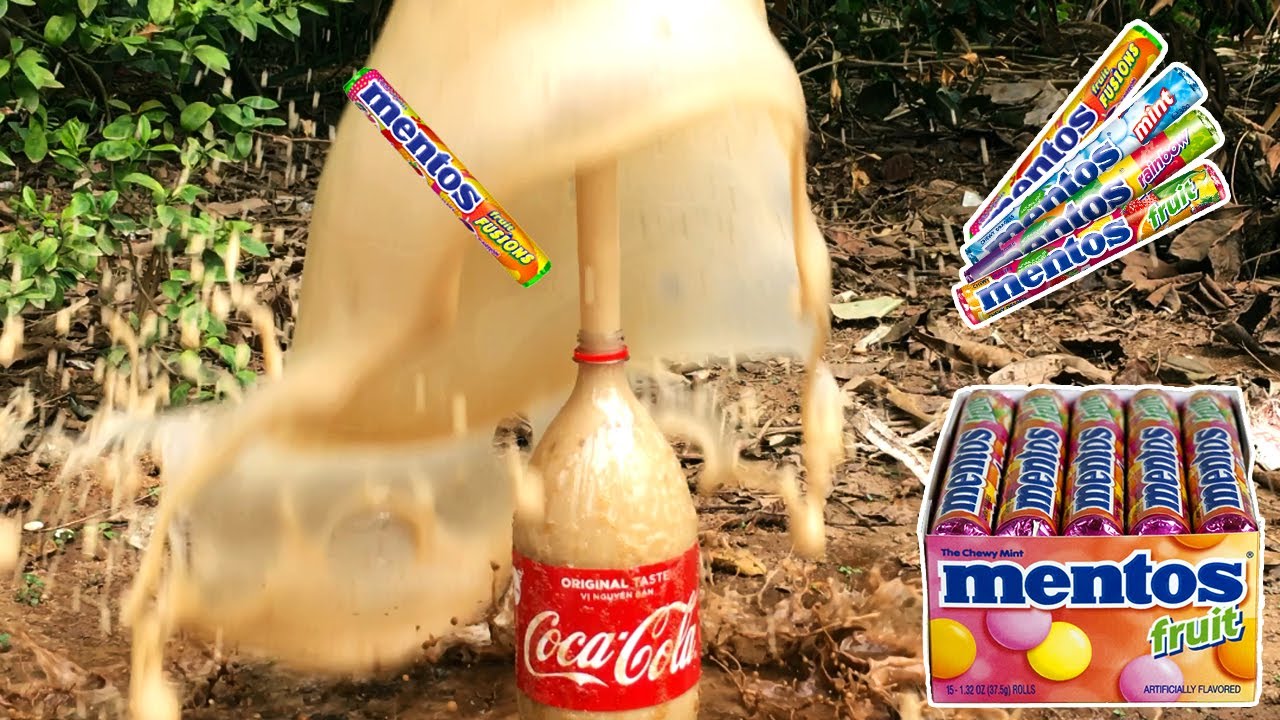Hello! Let's explore the amazing Coca-Cola and Mentos experiment.
It's messy, but super cool to watch.
What Happens? A Soda Eruption!
Imagine a volcano, but made of soda!
That's basically what we're making.
You drop Mentos into a bottle of Coca-Cola.
Whoosh! A geyser of soda shoots up high.
Like a fountain in a park, but with sugary soda!
Why does this happen?
It's all about carbon dioxide and how it interacts with the Mentos.
Think of soda as having lots of tiny bubbles wanting to escape.
These bubbles are carbon dioxide (CO2).
They're dissolved in the liquid, trying to find a way out.
Mentos provide a perfect surface for them to grab onto.
The Mentos: A Bubbly Magnet!
Mentos candies seem smooth, right?
But they are actually covered in tiny pits. Think of craters on the moon.
These tiny pits are called nucleation sites.
Nucleation sites are like little anchors for the CO2 bubbles.
The bubbles can attach and grow quickly.
More bubbles form on the Mentos than they would just in the soda.
It's like giving a crowd a set of stairs so they can get out faster.
Now picture this: you have many tiny bubbles forming very fast.
These bubbles need to go somewhere!
They push the liquid Coca-Cola upwards, creating the eruption.
Smooth vs. Rough: Think Sandpaper!
A smooth surface has fewer places for bubbles to form.
A rough surface, like sandpaper, has lots of tiny bumps and ridges.
Mentos are rougher than they look!
This roughness is key to the reaction.
Imagine trying to climb a smooth wall versus a wall with lots of handholds.
The wall with handholds is much easier to climb.
The Mentos provide the "handholds" for the carbon dioxide.
The Science of Surface Tension
Surface tension is like a skin on the surface of a liquid.
It's what makes water droplets round.
Mentos can break down the surface tension of the soda.
Imagine a tightly stretched drum.
Mentos poke tiny holes in that drum.
This reduces the liquid's ability to hold the gas in.
This helps the bubbles escape more easily.
Diet Coke vs. Regular Coke
Diet Coke usually works better than regular Coke.
This is because of the different sweeteners used.
The sweeteners in Diet Coke seem to lower the surface tension even more.
Lower surface tension = bigger eruption!
Imagine trying to pop a bubble with a pin vs. a hammer.
The hammer (Diet Coke) makes the bubble pop much more dramatically.
Why all the bubbles need to escape quickly
The bubbles don't have much space in the bottle, which causes pressure. Think of the bottle of coke as a crowded subway during rush hour.
Everyone is pushing to get out at the same time, creating a forceful exit.
The Mentos added to the bottle make this "rush hour" even more intense.
CO2 bubbles needs to escape quickly!
That’s why you should stand back and watch the experiment from a distance!
Tips for a Great Eruption
Use a tall, narrow bottle. This focuses the eruption upwards.
Drop all the Mentos in at once for maximum effect.
Have fun and be prepared for a mess!
You can use a tube to drop all Mentos at once to make it easier.
It will be much quicker and more controlled.
Remember to do the experiment outside because you want to avoid any damage.
Real-World Connections
This experiment shows how things that seem simple can have complex scientific explanations.
It relates to how gases behave in liquids.
It also demonstrates surface tension and nucleation.
Think about how fizzy drinks are made.
Or how some candies create bubbles in your mouth.
It is the same principle at work!
So, the next time you see a Coca-Cola and Mentos eruption, you will understand the science behind the fun.
Enjoy the eruption and keep exploring!


